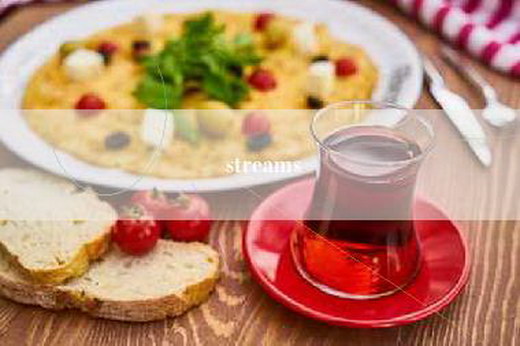streams
Streams are a powerful tool in modern programming languages, allowing developers to process large amounts of data in real-time. In this article, we will explore what streams are, how they work, and how they can be used in your own code.
What are Streams?
At their core, streams are a way to process data in a continuous, real-time fashion. Rather than loading all the data into memory at once, streams allow you to process data as it is received, making it possible to handle very large data sets without running out of memory.
Streams work by breaking data down into small chunks, which are then processed one at a time. This allows you to perform operations on the data as it is received, rather than waiting for the entire data set to be loaded into memory.
How do Streams Work?

Streams are typically used in conjunction with other programming constructs, such as pipes and filters. Pipes allow you to connect multiple streams together, while filters allow you to modify the data as it passes through the stream.
For example, you might use a pipe to connect a stream that reads data from a file to a stream that processes the data, and then use a filter to modify the data before it is written to another file.
Using Streams in Your Code
To use streams in your own code, you will need to familiarize yourself with the various types of streams that are available. Some of the most common types of streams include:
- Readable streams, which allow you to read data from a source
- Writable streams, which allow you to write data to a destination
- Duplex streams, which allow you to both read and write data
- Transform streams, which allow you to modify data as it passes through the stream
Once you have a basic understanding of the types of streams that are available, you can start using them in your own code. To do this, you will typically create a stream object, configure it with any necessary options, and then connect it to other streams using pipes.
For example, here is some sample code that creates a readable stream that reads data from a file, and then pipes that data to a writable stream that writes the data to another file:
```
const fs = require('fs');
const readStream = fs.createReadStream('input.txt');
const writeStream = fs.createWriteStream('output.txt');
readStream.pipe(writeStream);
```
Conclusion
In conclusion, streams are a powerful tool that can help you process large amounts of data in real-time. By breaking data down into small chunks and processing it one at a time, streams allow you to handle very large data sets without running out of memory. To use streams in your own code, you will need to familiarize yourself with the various types of streams that are available and how to connect them together using pipes and filters. With a little bit of practice, you can start using streams to process data in your own code and take advantage of their many benefits.
标签:
